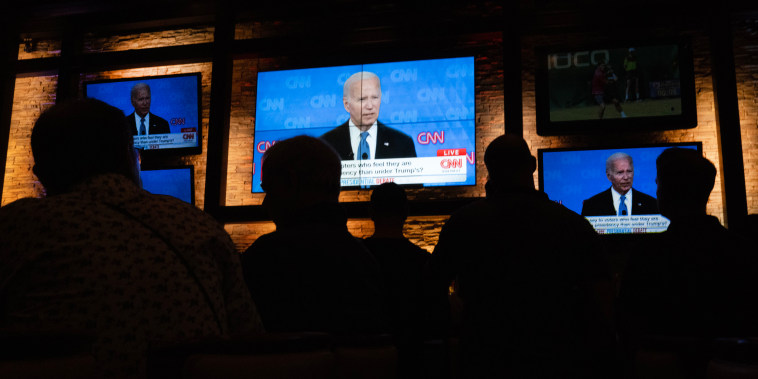When the bright lights shone on the stage and the opening remarks were made, a total of 51.3 million viewers tuned in to watch the latest Presidential debate, according to data released by Nielsen. This signifies a noticeable decrease in viewership from previous events, raising questions about the efficacy and reach of these debates in engaging the American voting demographic.
The Presidential debates have historically served as a platform for candidates to lay bare their policies, perspectives, and performances, directly impacting public opinion and in some instances, influencing the outcome of the pending elections. Considering the weight they hold, these debates are usually watched by a vast majority of the American public, with viewership often exceeding 60 million.
The recent Presidential debate, however, marked a departure from this longstanding trend. With the viewership just above 51 million, the debate witnessed an approximate 10 million drop from recent debates, a dip that media analysts and political pundits are interpreting in distinct capacities.
Firstly, analysts believe that this slight drop in viewership might reflect a change in the method of consumption of political news among the American public. Technology has significantly expanded over the years and with it, the habits of consumers. Today people are more likely to stream the debate online or follow live updates through social media than they are to sit through the entirety of the live broadcast. It is plausible that these numbers merely reflect the shifting preferences of the public towards digital media, rather than their waning interest in the debates.
Secondly, the Presidential debate’s somewhat diminished audience could also be a result of public disillusionment with the current political climate. The country is facing numerous challenges–from a devastating pandemic to unprecedented social unrest–and the public may feel overwhelmed by the persistent negativity. Consequently, this may contribute to the avoidance of political discourse altogether, thereby leading to the observed viewership drop.
Thirdly, the scheduling of the debates may be a factor in fewer people tuning in. If these debates coincide with significant cultural or sports events, viewers may be split between the two, resulting in a lesser audience for the debates.
Despite this dip in viewership, the Presidential debate still attracted more than 51 million viewers, implying a large segment of the population remains interested and invested in these political discussions. It is in fact testament to the enduring significance of these debates, serving as the very foundation of American democracy. These live discourses, no matter how contentious, remain crucial in instilling a sense of political awareness among the masses.
In conclusion, while the recent decrease in viewership figures may raise doubts over the relevance of these debates, it’s important to remember these factors and take into consideration the ever-evolving landscape of media consumption and public sentiment. The Presidential debates, viewed by millions, will continue to shape public discourse, function as a significant influencer of public sentiment, and play into the hands of democracy.











